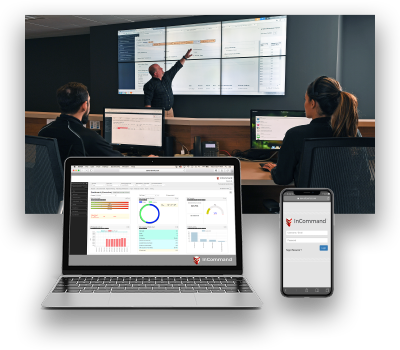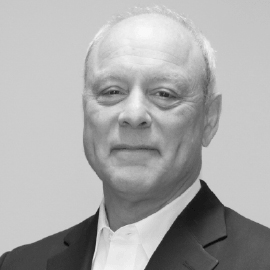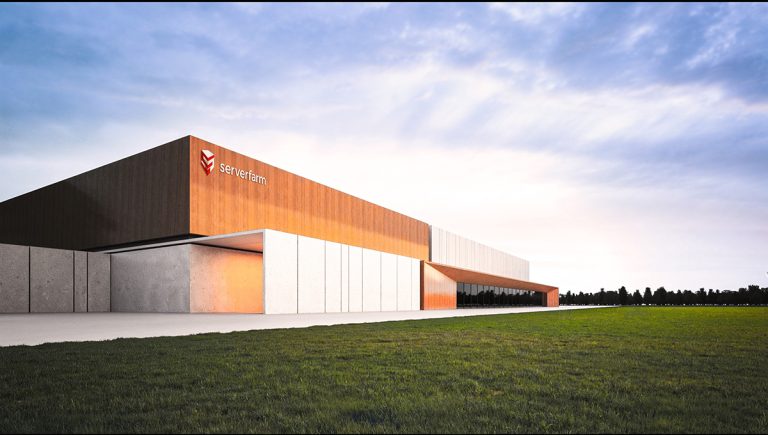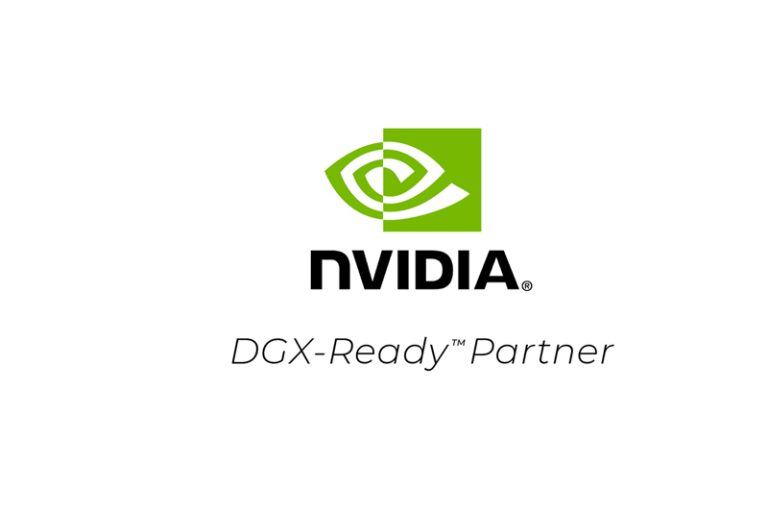Serverfarm’s downtown Chicago facility is an excellent edge play. Located at 840 S. Canal Street, it’s a few blocks outside of the CBD. It’s also surrounded by burgeoning, data-heavy neighborhoods with Fulton Market to the north and the ascendant Medical District and South Loop to the west and east, respectively.
The multi-level, 134,000-square-foot data center space has 38MW of total power capacity. It also has good network connections, which is a crucial factor when looking at data center sites, and access to electrical utility capacity.
“Chicago happens to have an abundance of high-quality electrical capacity available off of its utility grid,” Calderone said. “The internet and digital network within the United States has a couple of different tiers, but one of the main hubs runs straight across the country and through Chicago.”
Serverfarm also manages a facility in Oak Brook which is more of a hybrid asset because it’s not technically a true data center. At 194,000 square feet, this colocation facility with its expansive floor plates is larger than the downtown property, but it offers 1.5MW total power.
“It has a huge amount of network that comes off of the interstate there and pops into our facility, so we have this odd mixture of quasi-data center network technology customers on the ground floor of that building and then traditional office space on the upper floors,” said Calderone.
Serverfarm’s Chicago operations comprise the firm’s largest single physical asset and as well as the largest single block of electrical capacity to sell. While some of their other locations are driven by customer demand, the company’s movement into Chicago was proactive, since they view it as a strategic market. Looking forward, the outlook is extremely positive for the colocation data center industry and Chicago’s place within it.
“The digital world is here and the world is not fully converted to it yet, believe it or not,” Calderone said. “The growth and utilization and the need for digital activity is exploding, so I think that places like our Chicago Canal Street facility currently do and will continue to play an ever increasing role in the digital transmission world.”











